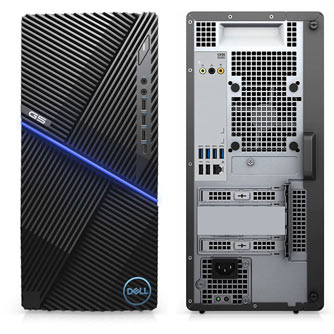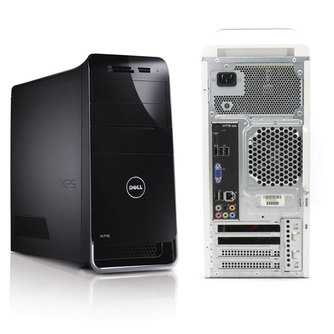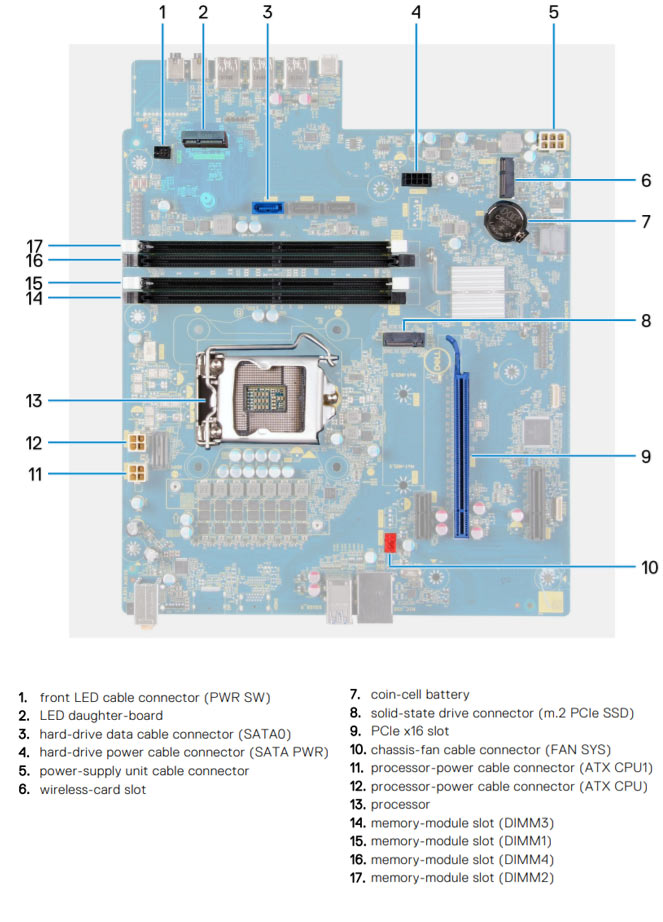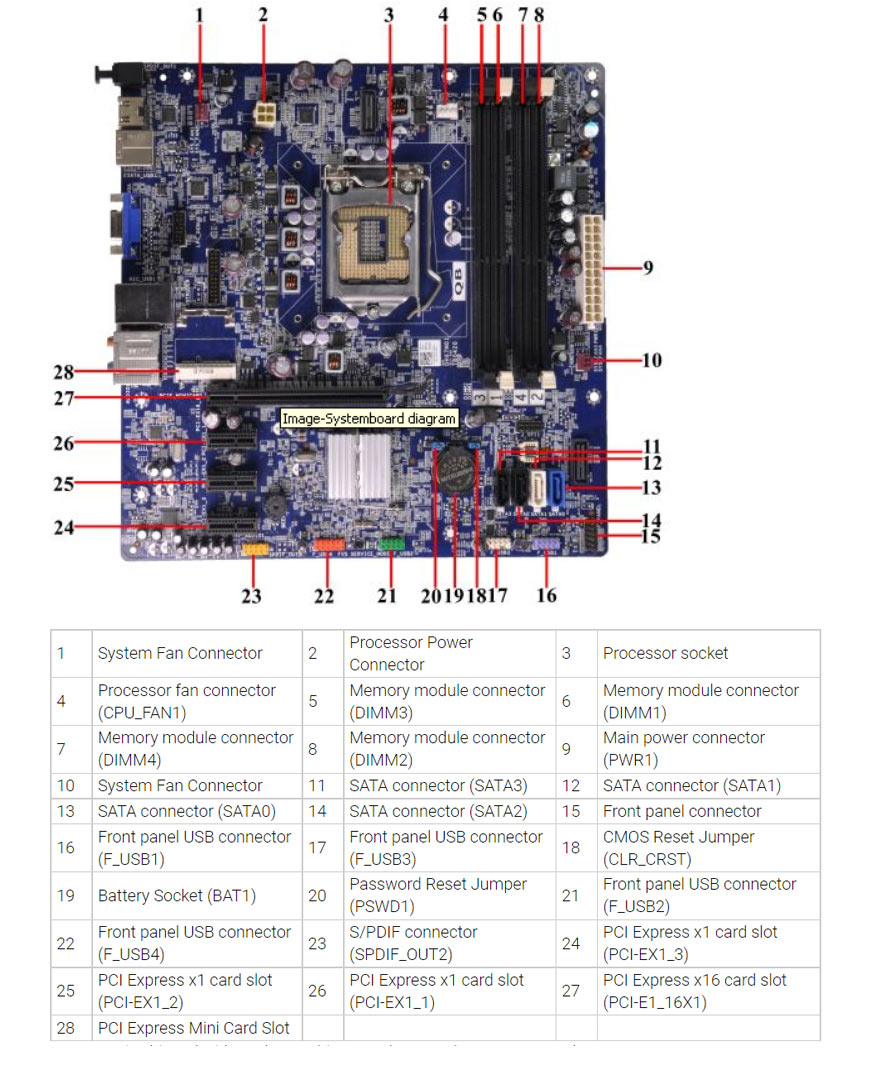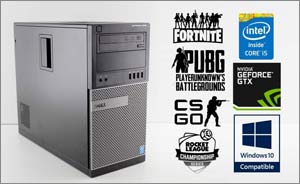Dell G5 5000 vs. Dell XPS 8300
Comparison and Differences
Differences between Dell G5 5000 and Dell XPS 8300
If you are looking for a more modern desktop, then you should go with the Dell G5 5000 which was released in 2020. The Dell XPS 8300 is older and entered production in 2011.
Both models have the same form factor, meaning reoughtly they have the same phiysical size and form.
Processor
Usually the newer the generation of the CPU, the better the performance and efficiency is. If your budget allows it, you should go with the Dell G5 5000 as it is running a newer generation CPU. This is not to say that Dell XPS 8300 is bad - it can still run some powerful CPUs, albeit being an older generation.
Memory
Both models have have equal amount of ram slots (4 RAM). Usually two RAM slots are more than enough for most cases. However, the count should be taken into account when planning how much and what combination of RAM you are going to need for your system.
The Dell G5 5000 is using the faster 2933 MT/s RAM. The Dell XPS 8300 is slower by supporting RAM speeds of up to 1600 MT/s. Additionally, if you will be needing a lot of RAM, better go for the Dell G5 5000 as it has the ability to run 128 GB of RAM. The Dell XPS 8300 can do a bit less at max 32 GB. Most of the times, this should be sufficient for the majority of users.
Ports
In total the Dell XPS 8300 has 10 USB ports. The Dell G5 5000 is inferior in this regard and packs 9 USB ports. In any case, if you miss USB ports, you can always purchase a USB hub. What is nice about the Dell G5 5000, is that it has 2 USB 3.1 port(s) which allows transfer of up to 10Gb/s. Unfortunately, the Dell XPS 8300 has no such port, thus restricting your transfer speeds significantly. For people who want to use external drives on regular basis, this might be an issue.
Nowadays, almost every new computer comes equipped with a DisplayPort. However, none of the devices being compared here has one. Don't worry though, DisplayPort adapters are very cheap and you can get virtually any combination of conversion types.
The Dell XPS 8300 comes with an HDMI port, while the Dell G5 5000 does not support the interface. Of course missing HDMI port is something that can be easily fixed with a good adapter (e.g. DisplayPort to HDMI).
SATA ports are placed on the system board and it is where you connect your HDD, SSD and Optical Disk Drives. More SATA slots will allow you to have more drives running at the same time. In this regard the Dell XPS 8300 is better equipped as it comes with 4 SATA slot(s), while the Dell G5 5000 has 3 slot(s).
If you want the fastest transfer speeds for your SSD, an M.2 interface is crucial. Thus, if the M.2 SSD slot is a mandatory requirement for you, go with the Dell G5 5000. Sadly, the Dell XPS 8300 has no such slot, and you will be forced to use the SATA interface instead.
Make sure that the available M.2 slot supports the PCIe (also called NVMe) interface. This is important as there are M.2 slots which support only the inferior SATA III interface. For comparison, the SATA III interface has max speeds of 6Gb/s, while the PCIe 3.0 x4 will support speeds up to 32Gb/s!
Power Supply
Having a Power Supply Unit with high power rating is important, if you are going to use components which require extra power. The Dell XPS 8300 comes with a decent 460 Watt PSU, but the Dell G5 5000 has a more powerful one rated at 500 Watts. Choosing either one depends on your specific requirements and use case. Also don't forget that some models might have more than one PSU option - try to always get the most powerful one, especially if you plan to upgrade to a powerful GPU.

